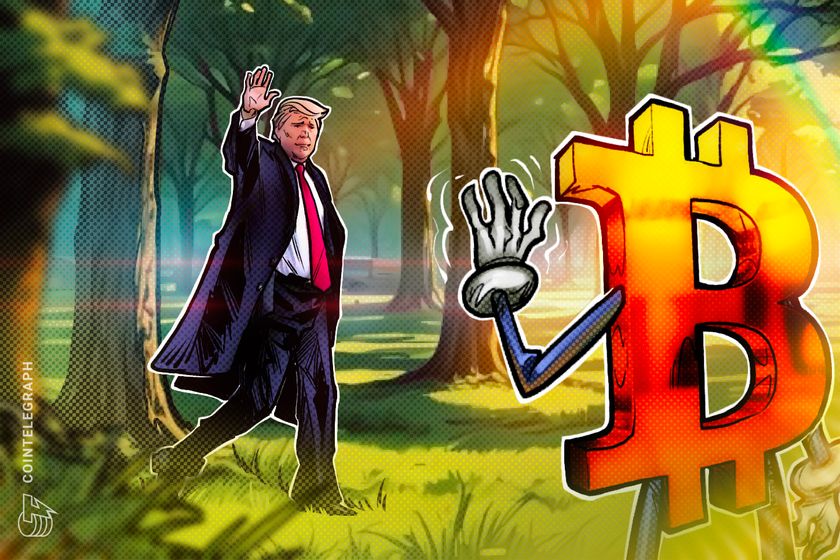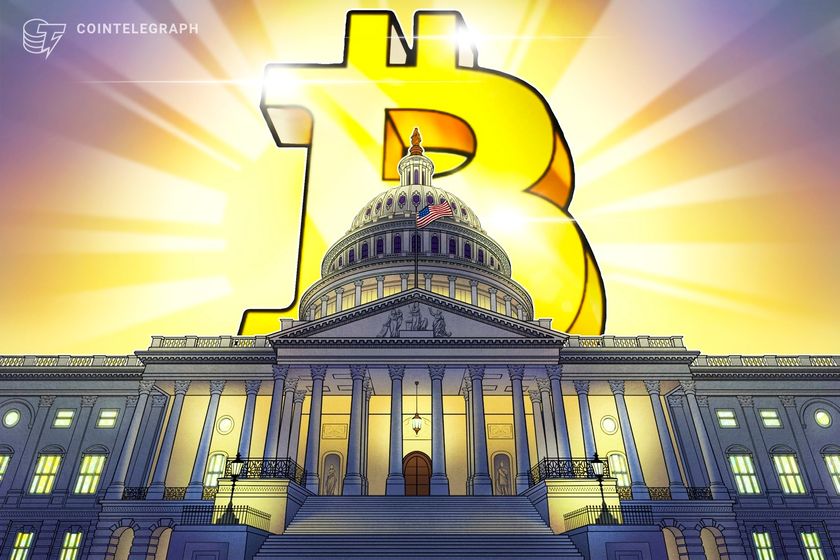Customers will soon be able to load up the Voyager app and see how much will be available for withdrawal.
News
Cryptocurrency brokerage Voyager Digital is preparing to reopen its app and allow customers to finally withdraw their funds — nearly one year after it filed for Chapter 11 bankruptcy.
Voyager’s bankruptcy plan administrator Paul Hage said in a June 14 court filing that around June 15 the Voyager app would be updated to show the amount available for withdrawal, and estimated that the withdrawal period would start somewhere between June 20 and July 5.
The bankruptcy plan was first approved in court on May 17 and will result in customers initially receiving 35.72% of their claims by withdrawing crypto through the Voyager app or in cash after 30 days.
Voyager Court adjourned for the dayFee examiners findings approved by the judgeApp will come back online on or around 15 JuneEstimated window for withdrawals opening 20 June to 5 July30 days to withdraw once window opens all creditors will receive 35.72 initial…
Within the filing, Hage also noted that bankrupt crypto hedge fund Three Arrows Capital still owes Voyager $650 million, so while this first tranche of withdrawals allows for just over 35% of customer funds to be withdrawn, “the primary focus will shift to recovering additional assets that can be distributed to creditors” once the initial distribution is completed.
Additionally, an extra $445 million of customer funds could also be made available to creditors pending a final resolution of Alameda Research’s preference claim against Voyager, which is not expected to happen until at least mid-September 2023.
Meditation between @investvoyager and @FTX_Official is anticipated to not start until Fall 2023
Anything less than 100% return would be a devastating result for Voyager creditors! pic.twitter.com/Y6IDAOgeT7
After originally filing for bankruptcy on July 5, Voyager submitted two prior bankruptcy plan proposals, but both have fallen through.
Related: SEC and Binance.US to negotiate deal avoiding total asset freeze
The first of these was to the United States arm of FTX, FTX US, but the $1.4 billion deal fell through after FTX filed for bankruptcy.
Subsequently a $1 billion deal with Binance.US also fell through after it backed out on April 25, citing a “hostile and uncertain regulatory climate in the United States.”
NFT Creator: ‘Holy shit, I’ve seen that!’ — Coldie’s Snoop Dogg, Vitalik and McAfee NFTs




